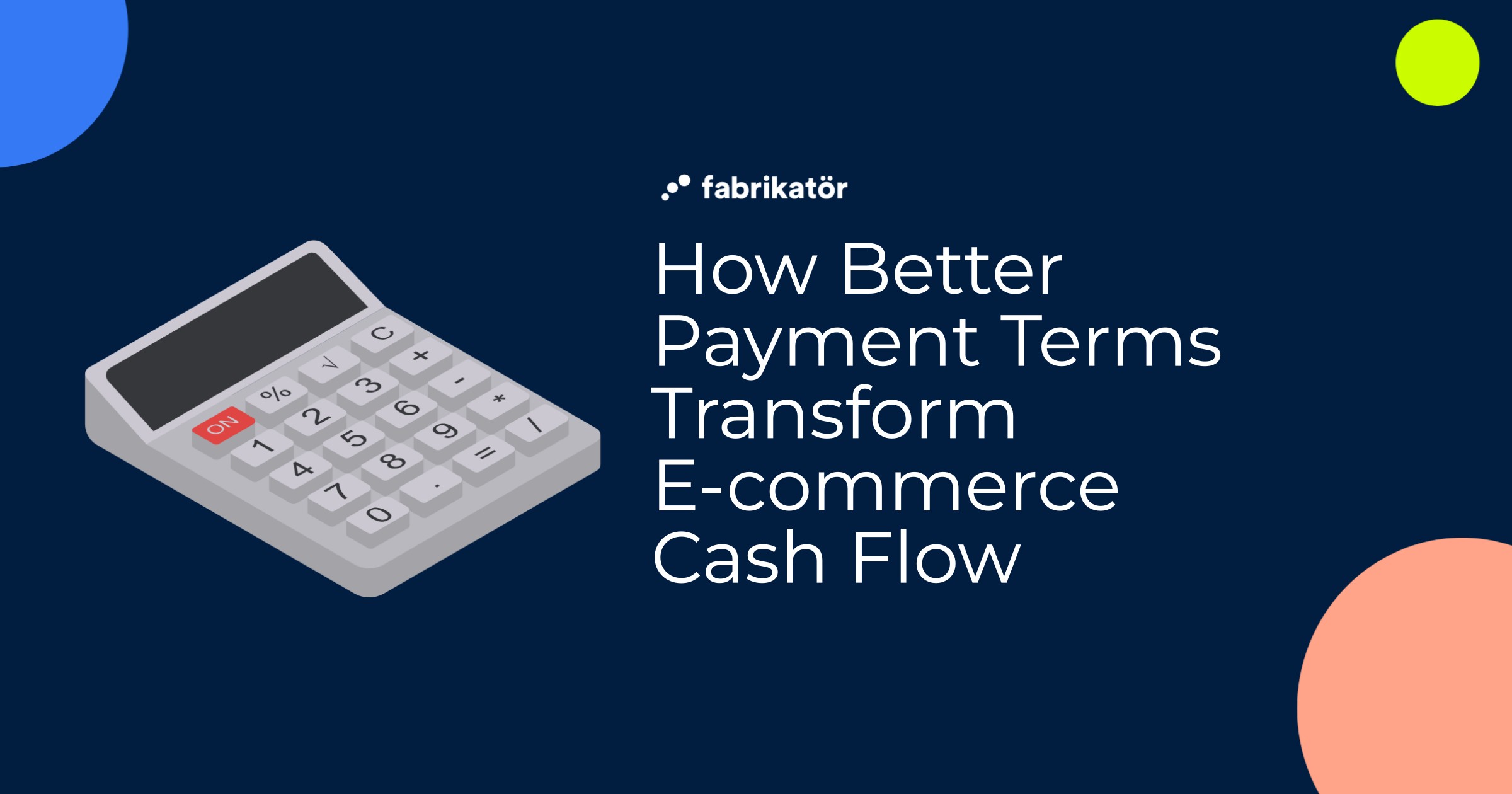Why Excel Falls Short in eCommerce Inventory Forecasting?

Did you know that 88% of spreadsheets contain errors, and the mistakes are mostly related to human errors? 🤔 Since demand forecasting involves a detailed analysis of historical data, how efficient can it be to use a method as error-prone as Excel? Not very. This is why, in this article, we have compiled the main reasons why Excel is not the ideal solution to use for forecasting. Let's delve in! ✨
Why Excel Falls Short in eCommerce Inventory Forecasting?
When conducting sales forecasting, the outcome is either right or wrong; there is no grey area. This is because your results will be equally clear-cut - either you experience a profitable sales process with accurate inventory planning or struggle with customer dissatisfaction and revenue loss. With Excel, you mostly experience the second scenario, and here are the reasons behind its inefficiency:
📉 Lack of real-time data causes inefficient demand forecasting
Excel lacks real-time data due to its manual and prone-to-human-error structure, a significant drawback for effective inventory management. Since Excel relies on manual data entry and updates, there is always a time gap between the actual inventory status and the data available for analysis. This delay can lead to inaccurate inventory levels, overstocking, stockout, and customer dissatisfaction. Real-time data is essential for dynamic inventory management tasks such as automated replenishment, demand forecasting, and quick purchase orders. Without it, businesses cannot respond swiftly to changing market demand, leading to missed sales opportunities.
🔧 Limited capabilities of Excel hinder accurate inventory forecasting
Forecasting requires many features working together coherently for accurate predictions. Excel cannot track and manage your inventory in real time, leading to discrepancies between actual and recorded stock levels. When you rely on Excel for real-time inventory management and forecasting, you risk basing your decisions on inaccurate data. Consequently, this can lead to incorrect inventory plans and potential revenue loss.
👥 Lack of collaboration features in Excel complicates data management
Keeping data up-to-date is teamwork in eCommerce stores; however, when multiple team members need to work on the same data in Excel, it becomes challenging to control the accuracy and ensure everyone has the latest information. This makes it challenging to keep data up-to-date and causes inefficiency in data analysis and sales forecasting.
⏳ Time-consuming data management in Excel delays inventory planning
Time management and speed are essential for effective inventory forecasting because all processes within inventory management significantly impact each other. Analyzing the correct data at the right time, making an inventory plan for future demand, and then quickly creating purchase orders are crucial steps. Entering data into Excel is time-consuming and often cannot be completed in one go. This causes delays and prolongs the entire process. Consequently, it negatively affects your order fulfillment and supplier relationships while hindering the efficiency of the forecasting process.
🔍 Limited analytical tools in Excel restrict comprehensive forecasting
Forecasting is a process that cannot be managed with a one-dimensional perspective. It requires processing a large dataset with efficient methods and making a detailed market and trend analysis. In other words, it results from a comprehensive analysis considering various factors. However, Excel's built-in forecasting functions and tools are too basic for this and may not be sufficient for complex forecasting needs. Advanced statistical models, time series analysis, machine learning algorithms, and data visualization are essential for accurate and insightful forecasting, typically lacking in Excel.
This limitation can make it challenging to effectively analyze historical data, identify trends, seasonality, and patterns, and generate accurate forecasts. Without robust analytics tools, businesses may struggle to make data-driven decisions and optimize their forecasting processes.
🔗 Inadequate integration with other systems complicates Excel's use
Another reason Excel is unsuitable for forecasting is integration challenges because it doesn't easily connect with other critical business systems like ERP (Enterprise Resource Planning) or CRM (Customer Relationship Management) platforms, unlike dedicated inventory management software. This means you may have to manually transfer data between systems, which can lead to errors, delays, and inconsistencies in the forecasting process.
To sum up, you may prefer Excel for demand forecasting, but it may not be the most efficient solution. While Excel offers basic forecasting capabilities, it may struggle to handle large datasets, complex forecasting models, and real-time data updates. But if Excel is not, what is the ideal solution for sales forecasting?
What is the best demand forecasting solution for eCommerce ?
We discussed the reasons for not using Excel for inventory forecasting for your eCommerce store. To eliminate these reasons, the solution you chose for your eCommerce store should have the tools for making comprehensive and accurate forecasting. What are these? The ideal solution should provide:
- Real-time data 📊 to stay updated with the latest inventory levels, sales trends, and demand fluctuations, ensuring you make informed decisions without delay.
- Advanced analytical tools & comprehensive reports to 🔍 use sophisticated analytics and detailed reporting to uncover insights, spot trends, and forecast demand with high precision.
- Valuable integrations to 🔗 connect effortlessly with other solutions supporting your eCommerce platform integration, fulfillment process, and customer engagement operations.
- Automated replenishment to 🔄 to restock based on accurate demand predictions, reducing the risk of stockout and overstocking and ensuring optimal inventory levels.
Which solution can help you achieve all and more? It's Fabrikatör!
Fabrikatör: Your Inventory Forecasting Assistant 🚀
You no longer have to worry about forecasting accuracy because you can have real-time data and an optimized inventory management process with Fabrikatör!
.webp)
Don’t take risks when making your future inventory plans with Excel. Forecasting demand with Fabrikatör means that you can:
- Benefit powerful AI algorithms,
- See insights from past sales and seasonal patterns, make more realistic plans,
- Make customizable plans to apply your market insights,
- Convert demand forecasting to purchase orders in seconds,
- Automatize the replenishment process,
And more.
Would you like to learn more about how Fabrikatör’s forecasting feature works? You can see it in action only in 30 minutes!










